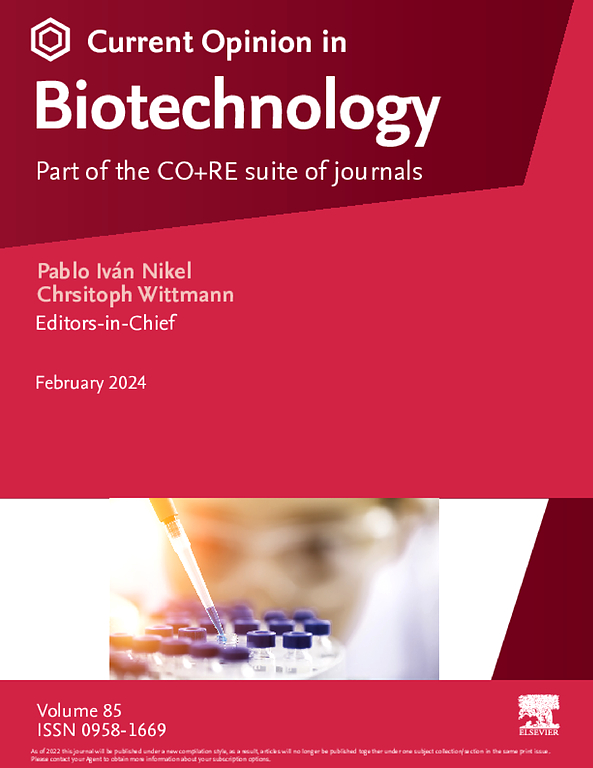驯化和未驯化人类微生物的工程策略。
IF 7
2区 工程技术
Q1 BIOCHEMICAL RESEARCH METHODS
引用次数: 0
摘要
与人类相关的微生物具有巨大的治疗潜力,但由于培养障碍和遗传工具有限,大多数物种仍未被驯化。基因工程的最新进展正在克服这些挑战,能够精确地操纵驯化和以前难以驾驭的微生物。本文综述了工程驯化菌株的建立策略,如大肠杆菌尼氏1917和乳酸菌,用于不同的治疗应用。我们还讨论了新兴工具,包括针对皮肤共生菌的优化转化方案和针对梭状芽胞杆菌和未驯化的大肠杆菌的基因组编辑方法,这些工具解决了非模式微生物中的关键障碍,并扩大了工程微生物组治疗的潜力。本文章由计算机程序翻译,如有差异,请以英文原文为准。
Strategies for engineering domesticated and undomesticated human microbes
Human-associated microbes hold immense therapeutic potential, yet most species remain undomesticated due to cultivation barriers and limited genetic tools. Recent advances in genetic engineering are overcoming these challenges, enabling the precise manipulation of both domesticated and previously intractable microbes. This review highlights established strategies for engineering domesticated strains, such as Escherichia coli Nissle 1917 and lactic acid bacteria, for diverse therapeutic applications. We also discuss emerging tools, including optimized transformation protocols for skin commensals and genome-editing approaches for Clostridium species and undomesticated E. coli, that address key barriers in non-model microbes and expand the potential of engineered microbiome therapeutics.
求助全文
通过发布文献求助,成功后即可免费获取论文全文。
去求助
来源期刊

Current opinion in biotechnology
工程技术-生化研究方法
CiteScore
16.20
自引率
2.60%
发文量
226
审稿时长
4-8 weeks
期刊介绍:
Current Opinion in Biotechnology (COBIOT) is renowned for publishing authoritative, comprehensive, and systematic reviews. By offering clear and readable syntheses of current advances in biotechnology, COBIOT assists specialists in staying updated on the latest developments in the field. Expert authors annotate the most noteworthy papers from the vast array of information available today, providing readers with valuable insights and saving them time.
As part of the Current Opinion and Research (CO+RE) suite of journals, COBIOT is accompanied by the open-access primary research journal, Current Research in Biotechnology (CRBIOT). Leveraging the editorial excellence, high impact, and global reach of the Current Opinion legacy, CO+RE journals ensure they are widely read resources integral to scientists' workflows.
COBIOT is organized into themed sections, each reviewed once a year. These themes cover various areas of biotechnology, including analytical biotechnology, plant biotechnology, food biotechnology, energy biotechnology, environmental biotechnology, systems biology, nanobiotechnology, tissue, cell, and pathway engineering, chemical biotechnology, and pharmaceutical biotechnology.
 求助内容:
求助内容: 应助结果提醒方式:
应助结果提醒方式:


